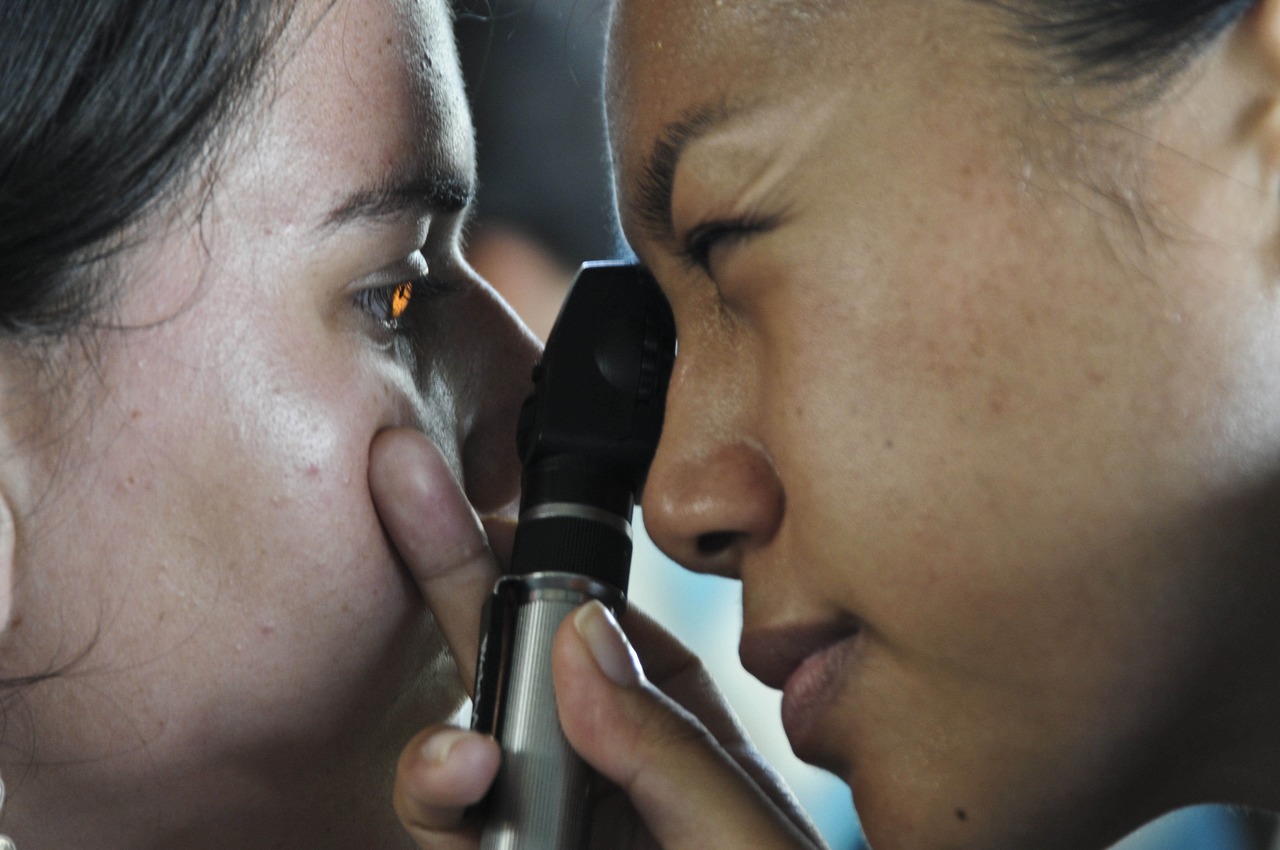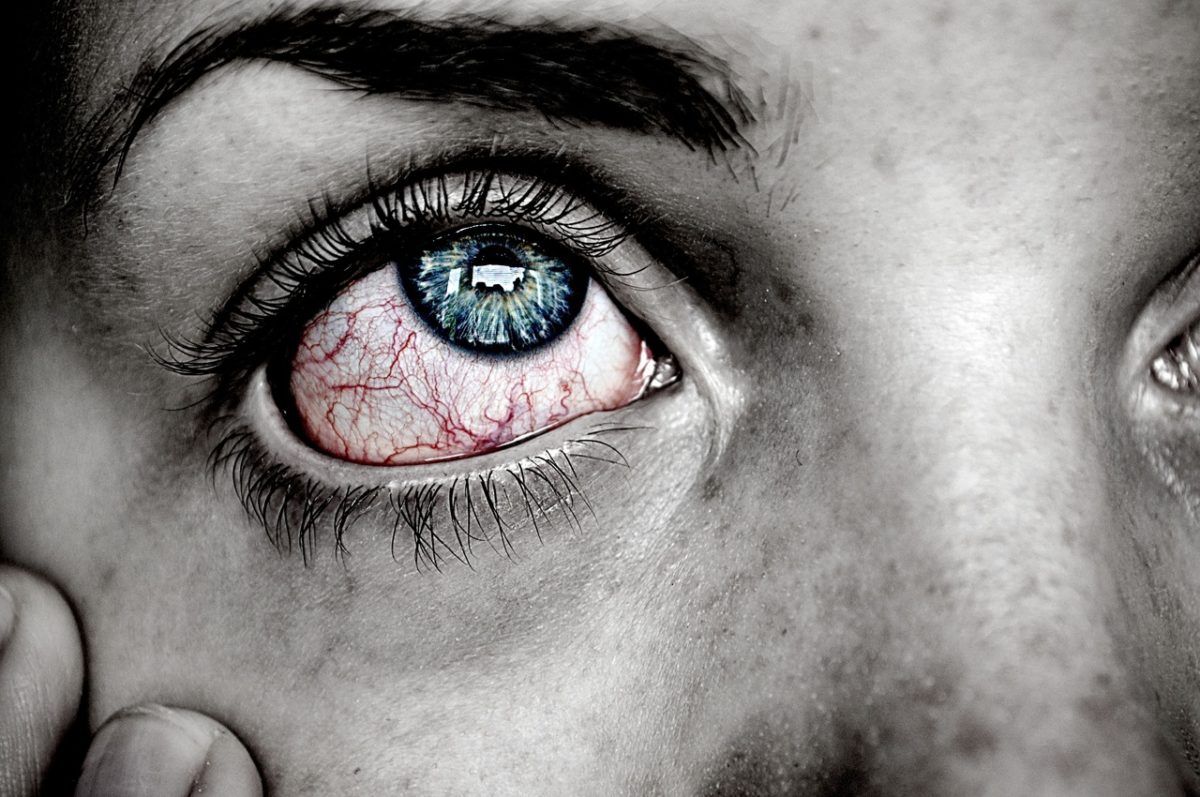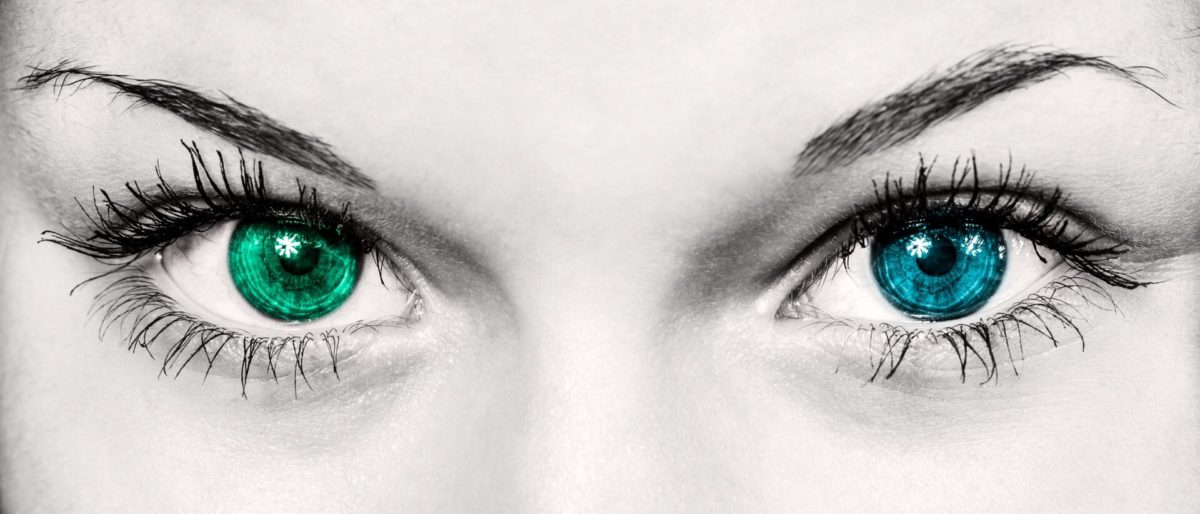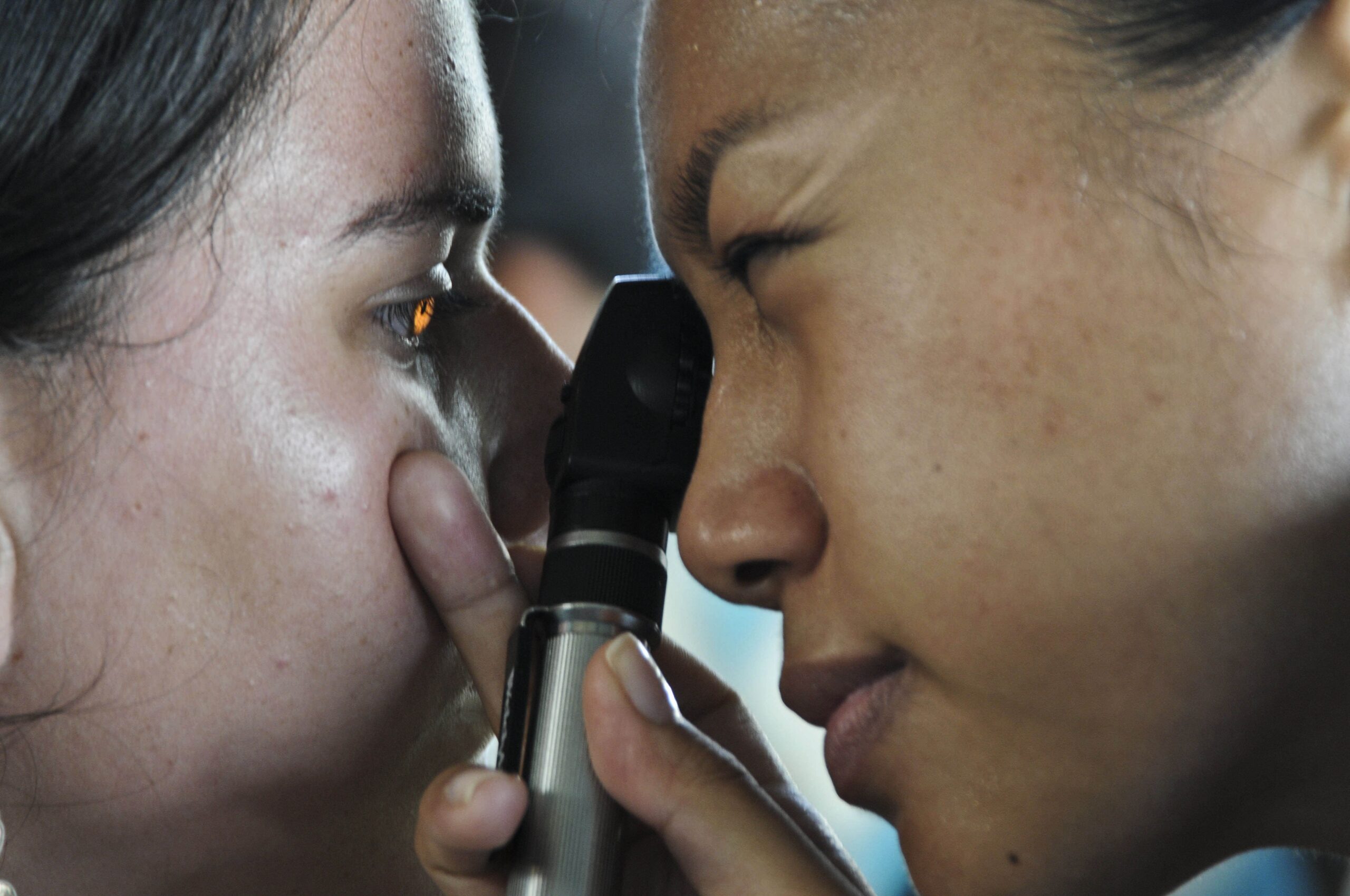What You Need To Know About Driving And Eye Fatigue
Safe driving requires good vision, but many motorists underestimate the value of adequately resting their eyes
– Thembela moyo,Founder & optometrist, fresh vision optometrists
As a child, I often wondered why adults complained about feeling tired after driving. In my then limited understanding, I couldn’t comprehend how one got exhausted from just sitting! Of course, when I eventually learned how to drive, I understood that the fatigue my parents had felt was related to more than “just sitting down.”

The visual aspect of driving requires more than simply looking at mobile and immobile objects on and around the road. Rather, the driver is also required to absorb the information constantly being presented to them, all the while making crucial decisions and steering the vehicle safely. This is the mental and physical exercise motorists engage in when driving irrespective of the distance of the journey.
The aforementioned process is prolonged when driving over long distances and therefore requires an alert mind and flawless eyesight. Irrespective of the distance, motorists’ are compelled to adjust their vision to suit the ever-changing of their driving environment. This includes observing, adjusting, focusing, and refocusing their vision as and when objects approach and pass them. Simultaneously, drivers also need to contend with ‘distractions’ such as (but not limited to) pedestrians, oncoming headlights, or the glare of the setting sun, all of which cause the eyes to be in perpetual motion.
In light of the momentous role, good vision plays concerning safe driving and taking simple precautions such as resting your eyes become extremely important.
– THEMBELA MOYO,FOUNDER & OPTOMETRIST, FRESH VISION OPTOMETRISTS
The fact that we are not fully conscious of our eyes as all these movements take place and that we absorb and execute various driving tasks based on the information we absorb visually is one of the many marvels of the human body. However, this activity does take a toll on your eyes resulting in them becoming strained; which in turn can lead to reduced safety and effectiveness while driving.
It is alarming to imagine that ‘eye fatigue’ or ‘eye strain’ can occur at the very instance when your eyes are required to perform a visual task which could be the difference between serious injury and being safe. Add to that the possibility of a motorist driving with uncorrected visual problems and you have a recipe for a life-threatening situation.

In light of the momentous role, good vision plays concerning safe driving and taking simple precautions such as resting your eyes become extremely important. Over and above having your eyes tested here are a few basic tips to consider when practicing good vision.
- Always wear your spectacles when driving and ensure that the lenses are clean
- Wear sunglasses that provide UV protection or have polarized lenses.
- Wear lenses fitted with an anti-glare coating as this allows more light to enter the eye while minimizing in-coming glare.
- Rest your eyes and minimize eye fatigue by taking regular breaks when driving over long distances. The recommended period is every 2-hours of continuous driving
- Keep headlights, taillights, and the windshield clean, inside and outside.
- Submit to regular eye tests by an eye care practitioner to:
- Timeously identify problems which could have arisen
- ensure your eyes are healthy
- ensure that your eye care prescriptions are up to date




